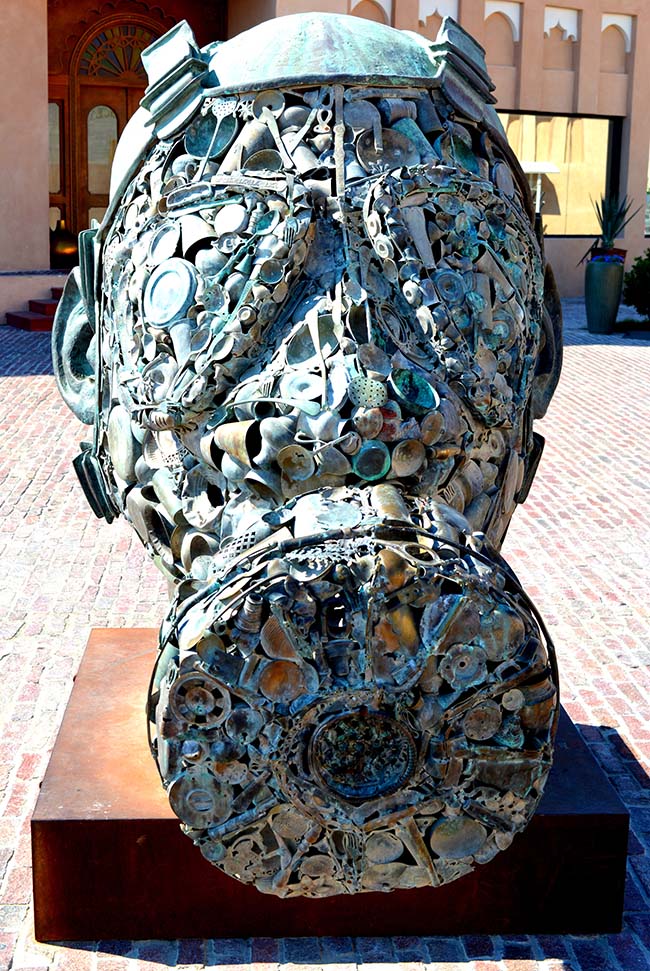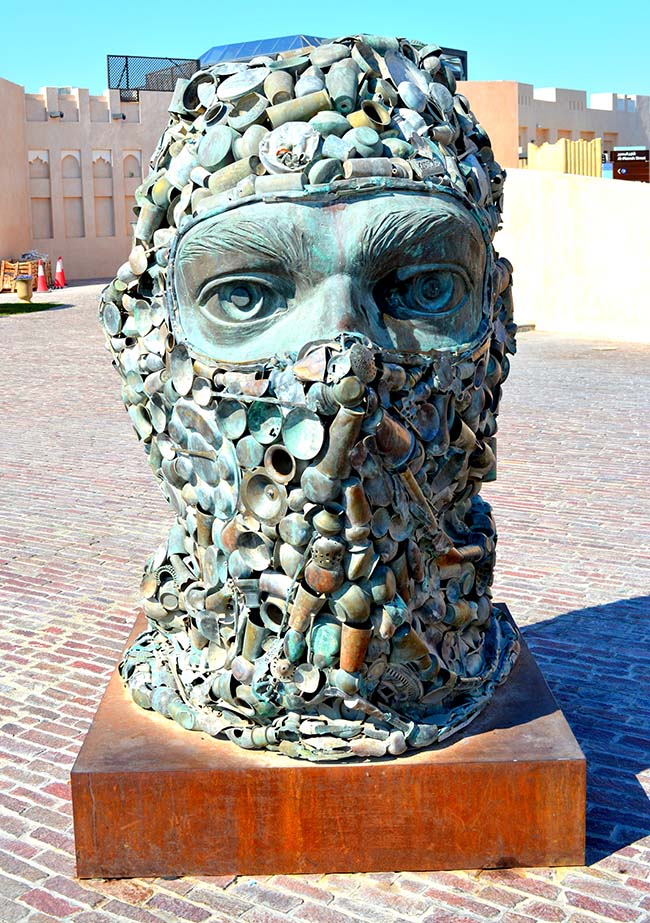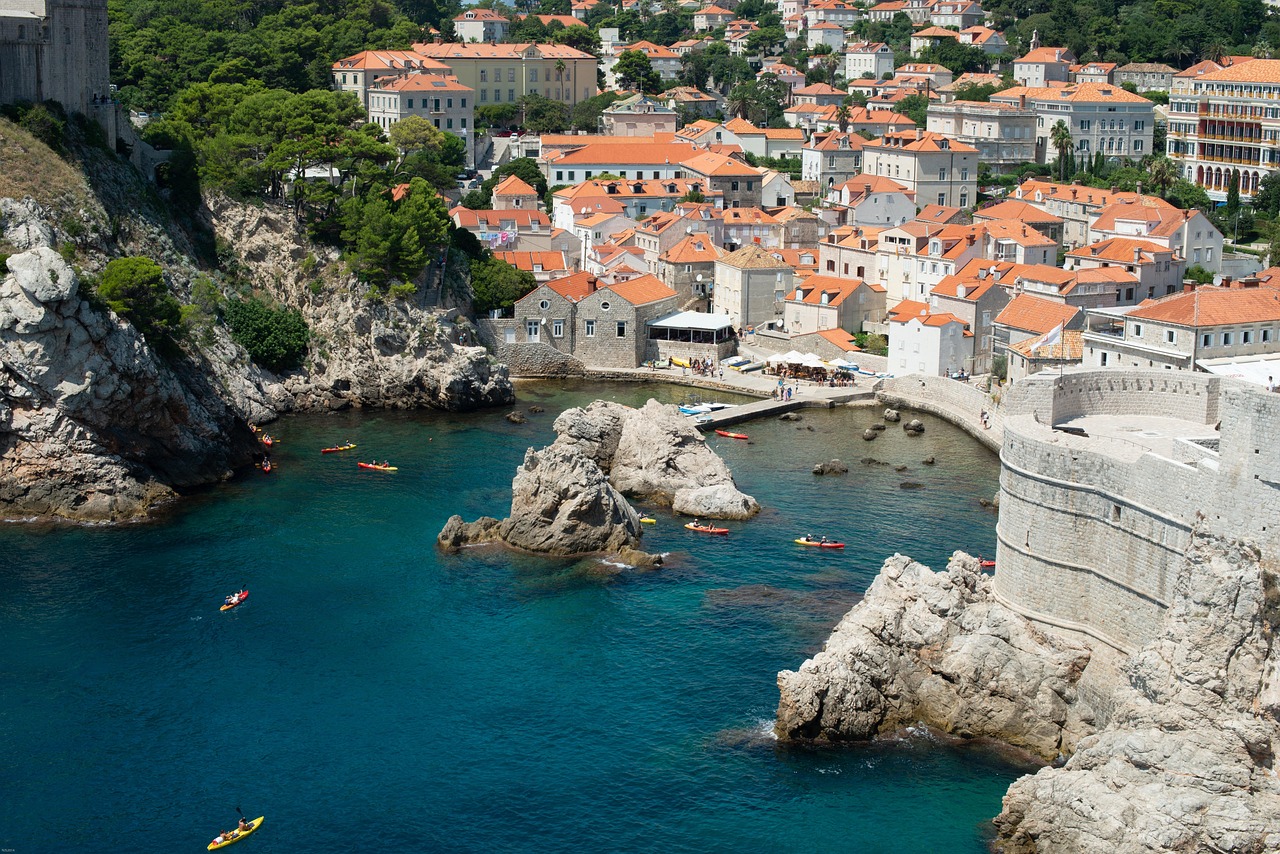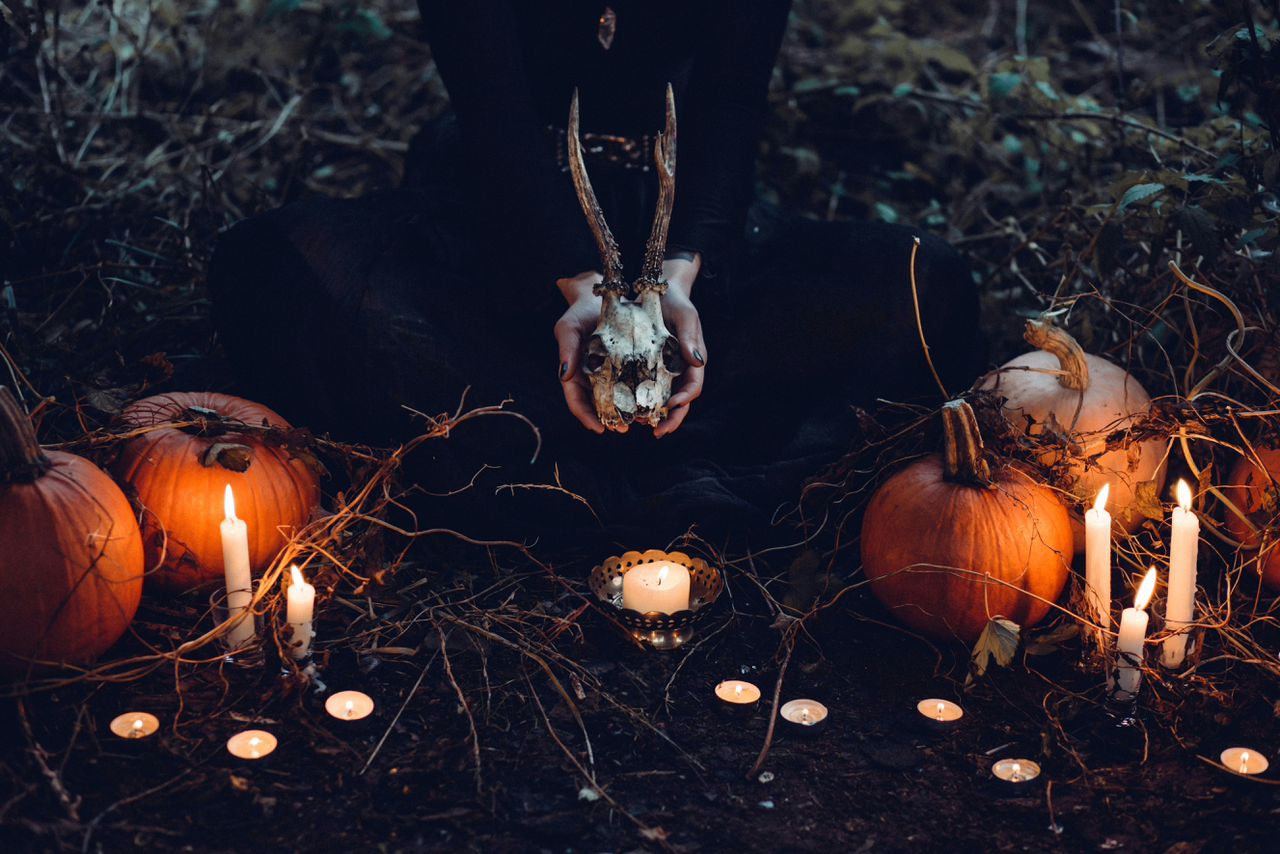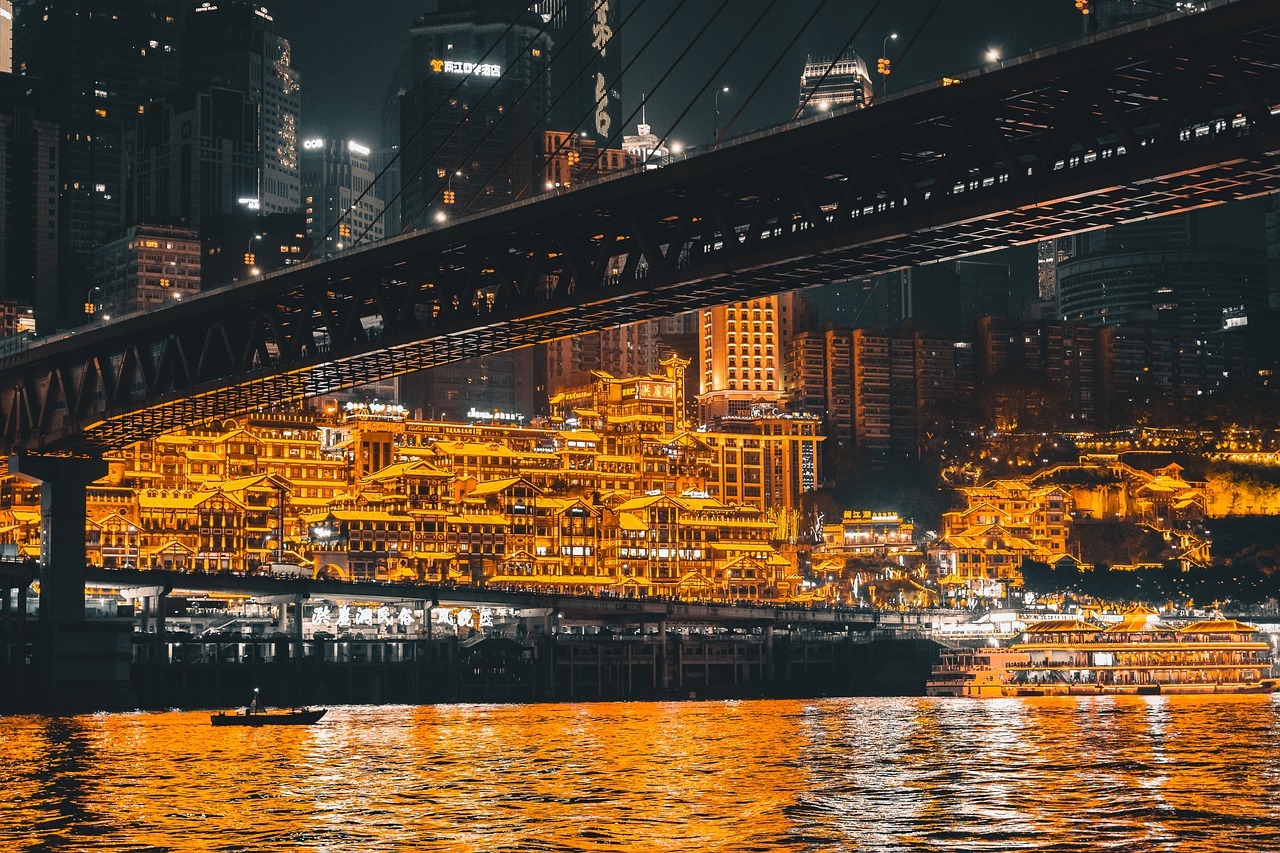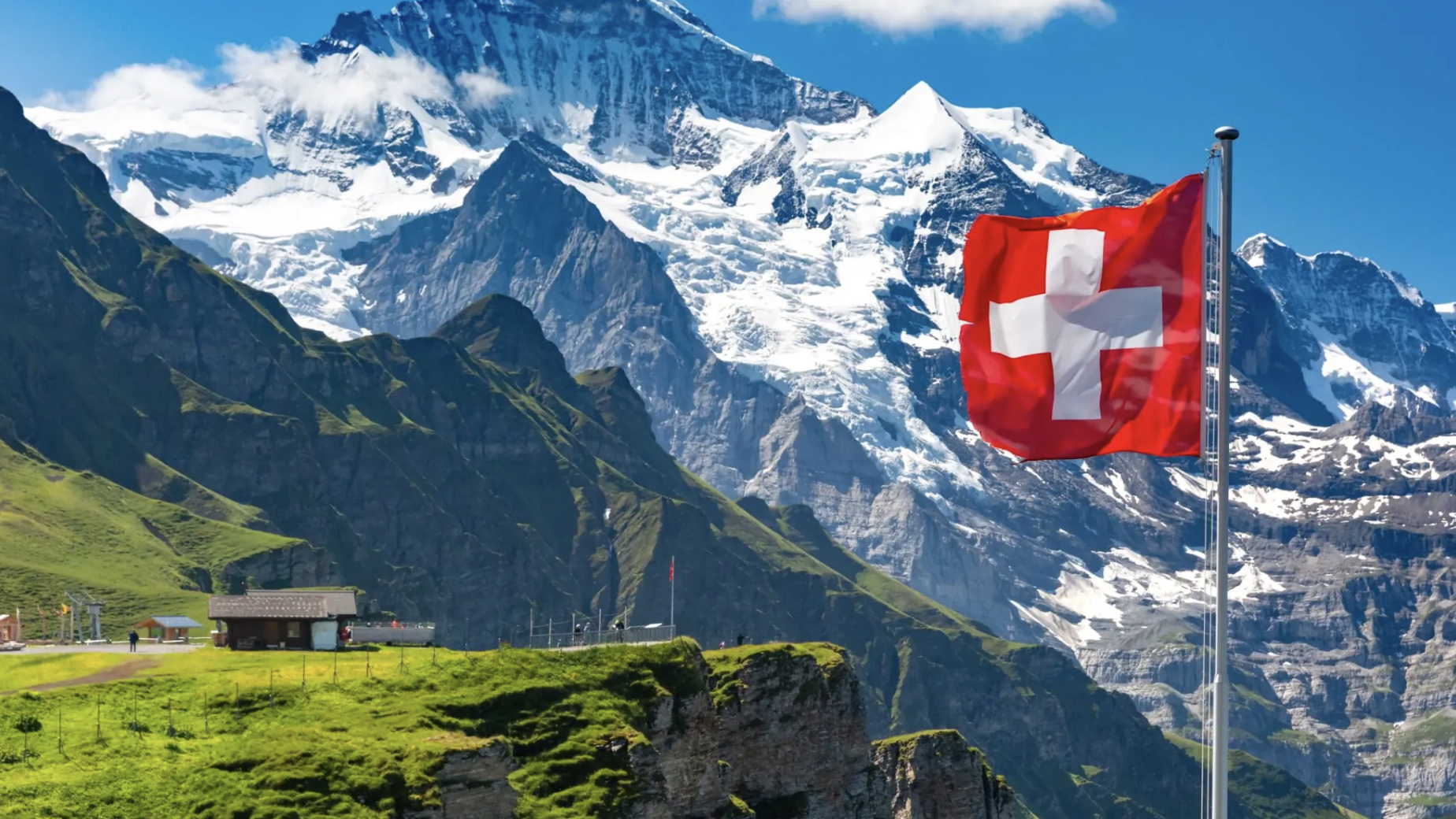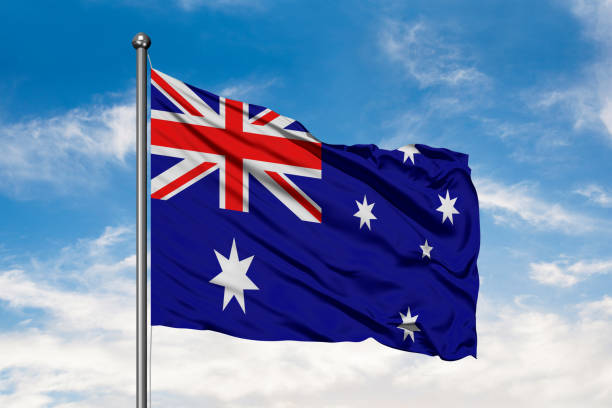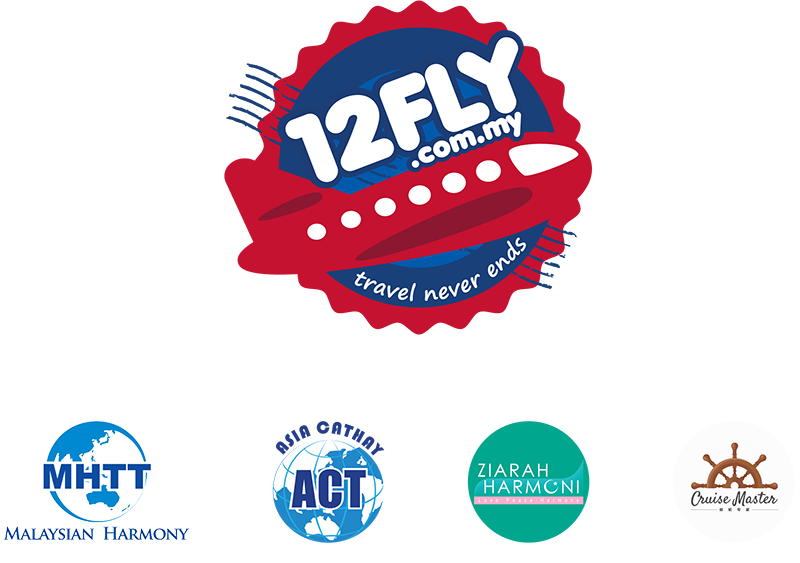KATARA CULTURAL VILLAGE
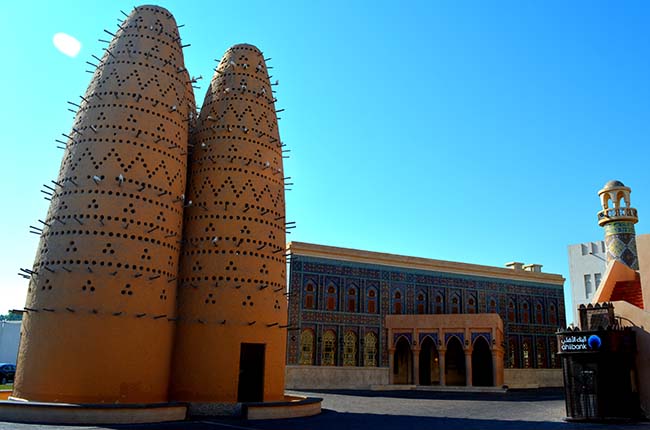
Katara was born out of a long held vision to position the State of Qatar as a cultural beacon a lighthouse of art, radiating in the Middle East through theatre, literature, music, visual art, conventions and exhibitions. This village shall be a glimpse of the future of a world where people of different cultural backgrounds overcome their national boundaries and embrace common causes to promote a united humanity. Katara is where the grace of the past meets the splendour of the future.
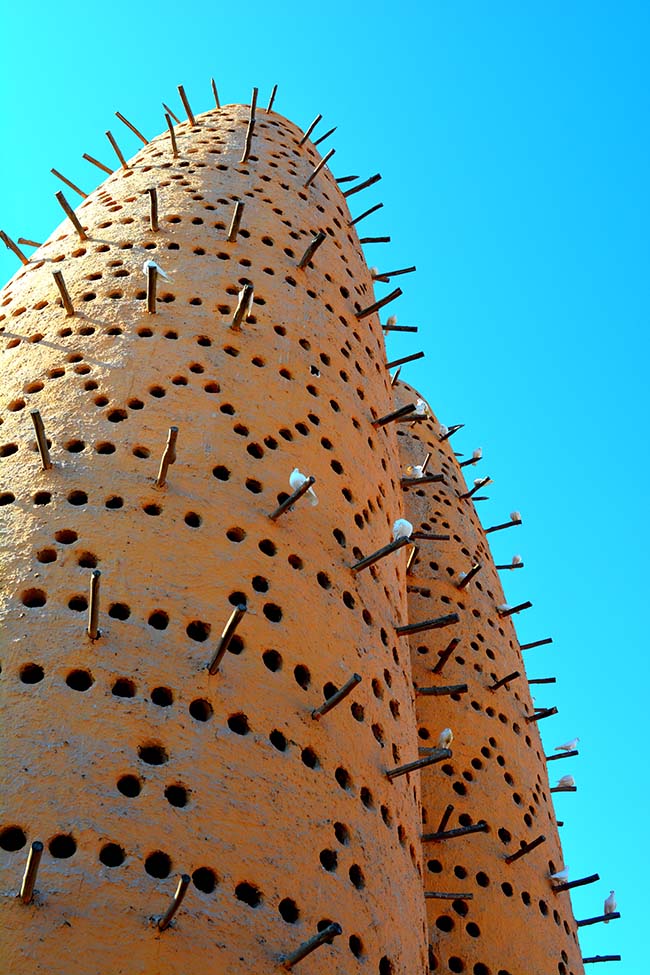
Since the year 150 AD, "Catara" was the first and most ancient name designated for Qatar Peninsula in geographic and historical maps. On the map drawn by the geographer Claudius Ptolemaeus in 150 AD, published in 882 AD -1477 AD and later in the Historical Atlas of Islam, the peoples of the Arabian Peninsula in the middle of the second century AD were identified. It also stipulated the geographical location of Qatar Peninsula under the name of Catara, North West of Gerra or near it, and to the west of the town of Cadara.


The name "Katara" appeared in the geographical and historical maps in early eighteenth century AD. In a French map of the Arabian Peninsula coast line, sea and gulf, the name was written "Katara" instead of "Catara," which was the designation used by geographers from the map of Ptolemaeus in 150 AD until 1738 AD.


Tracking the etymology of Qatar throughout history is both useful and interesting given Qatar's cultural and educational wealth. This cultural richness plays a very important role in promoting and building the Qatari society. The attachment to our ancient roots together with premeditated modernisation and technological advancement form the solid foundation of Qatari personality and values. It was decided to revive Qatar's olden name to uphold our connection to ancient heritage and to honour Qatar's distinguished position since the dawn of history.
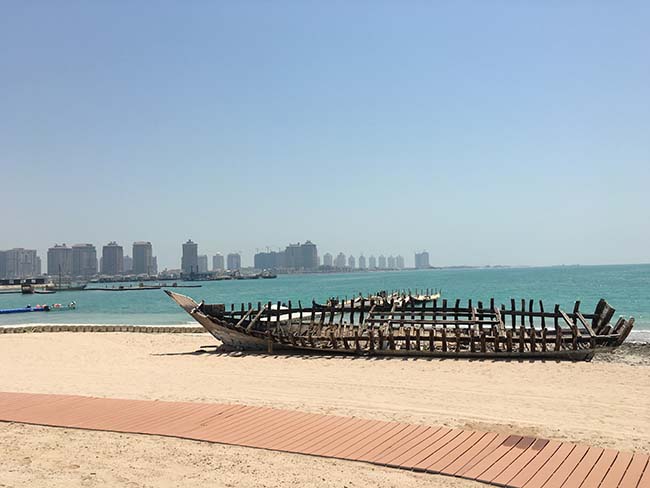
One of the most beautiful natural beaches of Qatar, Katara’s private beach spans over 1.5km. Beach goers have a choice between enjoying a relaxed beach experience and diving into the fun with a great variety of adrenaline-boosting beach activities.
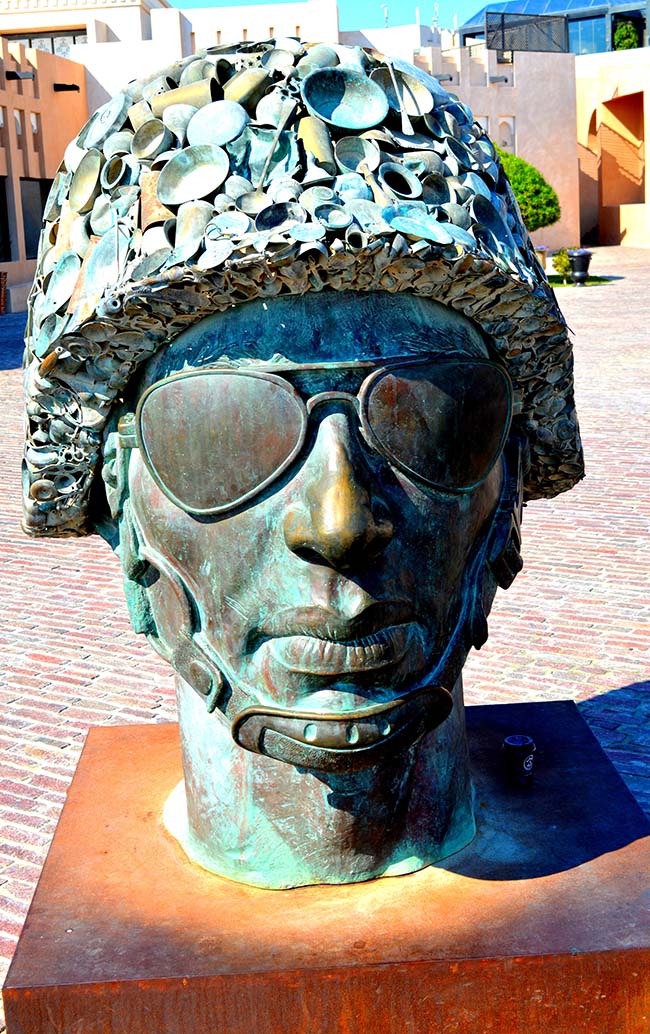
Using worn brass domestic utensils, Gupta's vision of Mohatma Ghandi's three monkeys maxim - "See no evil, Hear no evil, Speak no evil", is portrayed as three heads in military headgear. The forms of a soldiers helmet, a terrorist's hood, and a gas mask reinforce Gupta's dialetics of war and peace, public and private, global and local, which are themes that run throughout his artwork.
